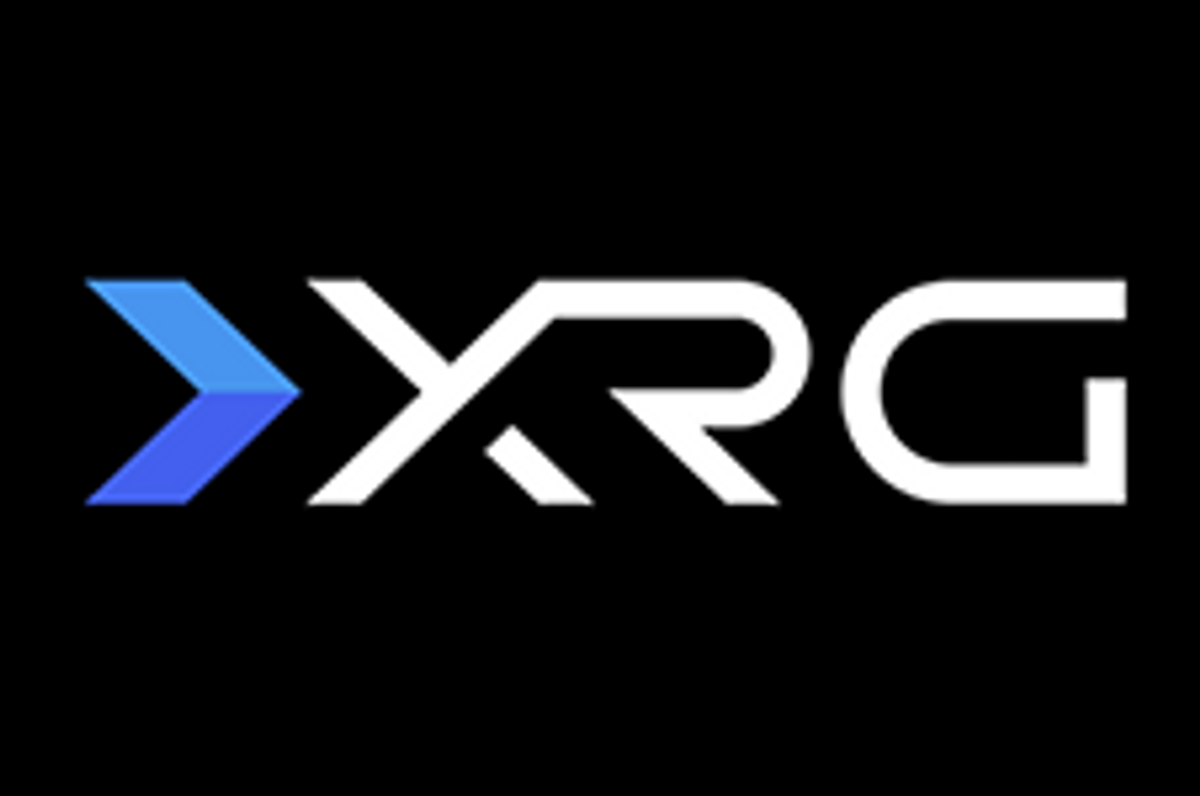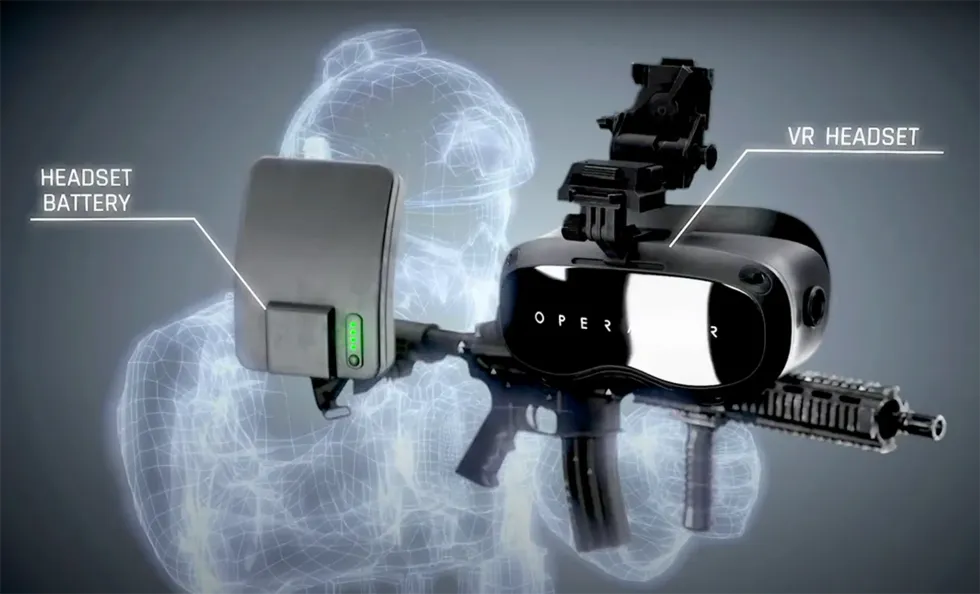
January 10, 2024
xReality Group Limited (ASX:XRG) specializes in virtual reality (VR), augmented reality (AR) and physical simulation for the enterprise, defense and consumer markets. The company aims to provide physical and digital simulations for military and law enforcement applications. XR stands for extended reality and is a catch-all term for VR, AR, and mixed reality (MR).
xReality Group operates four major brands, and the group’s portfolio companies include XR production company Red Cartel, Operator XR, two Australian indoor skydiving facilities, and FREAK Virtual Reality venues.

Operator XR focuses on the enterprise segment, more specifically the defense and law enforcement sectors. Operator XR systems help military personnel and law enforcement officers train in operational tactics and procedures within a virtual reality environment. The VR system complements the existing training methods and helps its users to train more often, covering a broad range of scenarios centered on de-escalation tactics, use of force decision-making, and operational procedures.
Company Highlights
- Listed on the ASX, xReality Group is an Australia-based company that specializes in building and operating virtual reality (VR), augmented reality (AR), and physical simulation for the enterprise, defense and consumer leisure markets.
- The company serves both entertainment and enterprise segments that include defense and law enforcement agencies.
- xReality operates four major brands across the end markets which include - iFly Downunder and iFly Gold Coast (both entertainment and enterprise); Freak Entertainment (retail market); Red Cartel (both entertainment and enterprise); and Operator XR (enterprise), the most important segment for the company focused on defense and law enforcement agencies.
- The total addressable market for the Operator XR segment is valued at US$3.37 billion with the US accounting for nearly 40 percent of the total market.
- The company is focusing on the US market and has already made its first law enforcement sale in the US in August 2023. The impact of this first US sale enhances the company’s reputation and credibility, serving as a testament to the quality of its products.
- xReality recently (Nov 2023) raised AU$2.9 million via a rights issue, of which nearly AU$2 million will be used to accelerate its US growth and the remainder will be used to reduce debt.
This xReality Group profile is part of a paid investor education campaign.*
Click here to connect with xReality Group Limited (ASX:XRG) to receive an Investor Presentation
XRG:AU
The Conversation (0)
03 July 2024
XReality Group
Focused on XR products for law enforcement, defence, entertainment and enterprise markets
Focused on XR products for law enforcement, defence, entertainment and enterprise markets Keep Reading...
Latest News
Latest Press Releases
Related News
TOP STOCKS
American Battery4.030.24
Aion Therapeutic0.10-0.01
Cybin Corp2.140.00